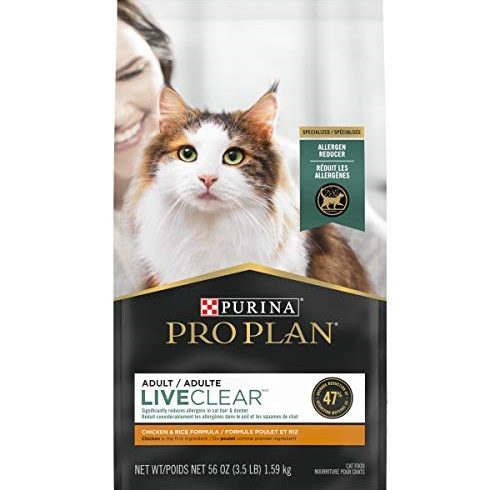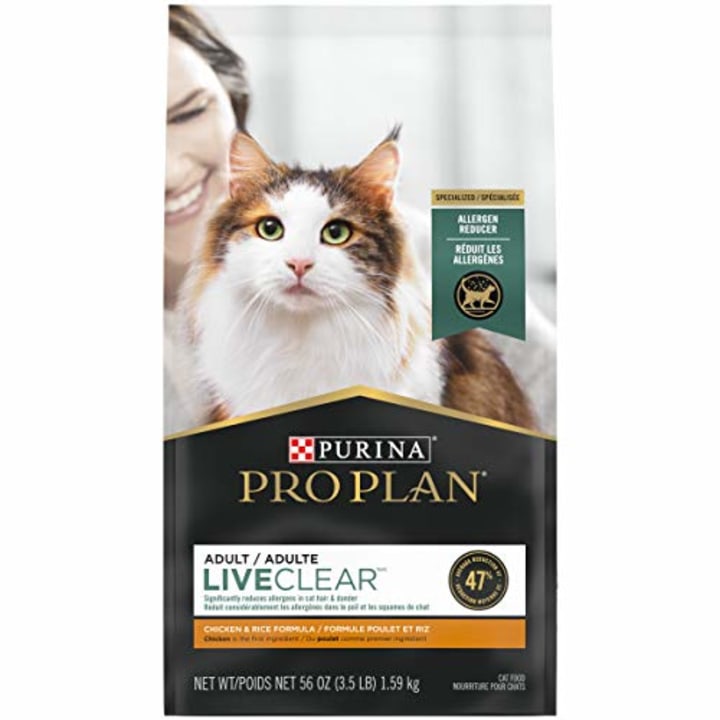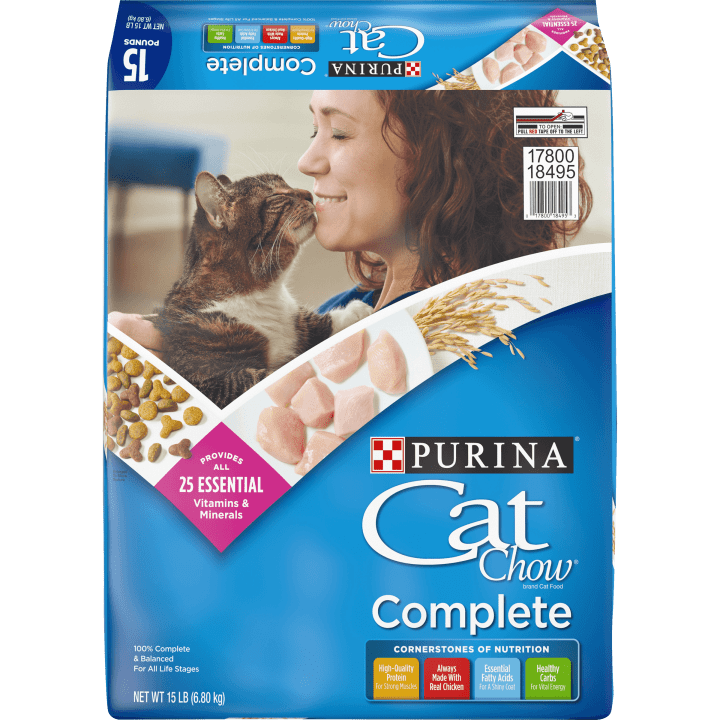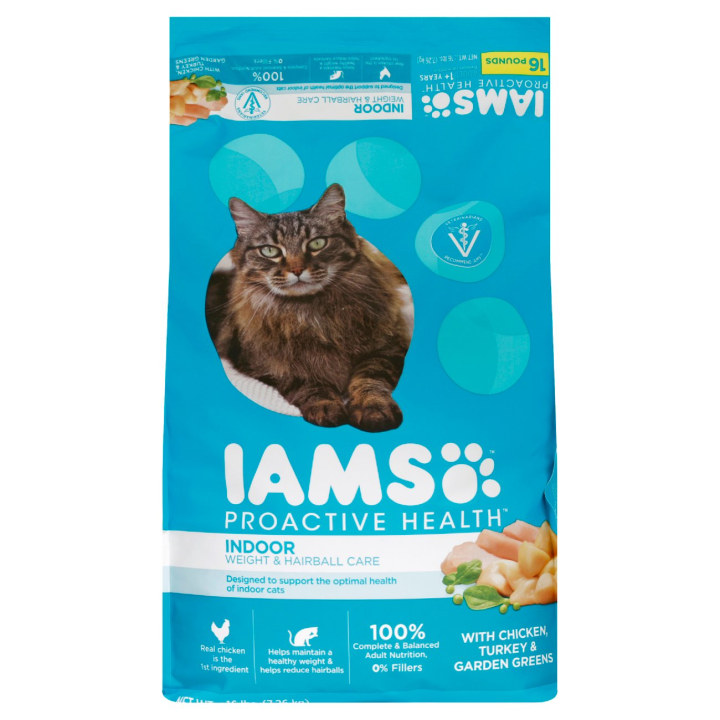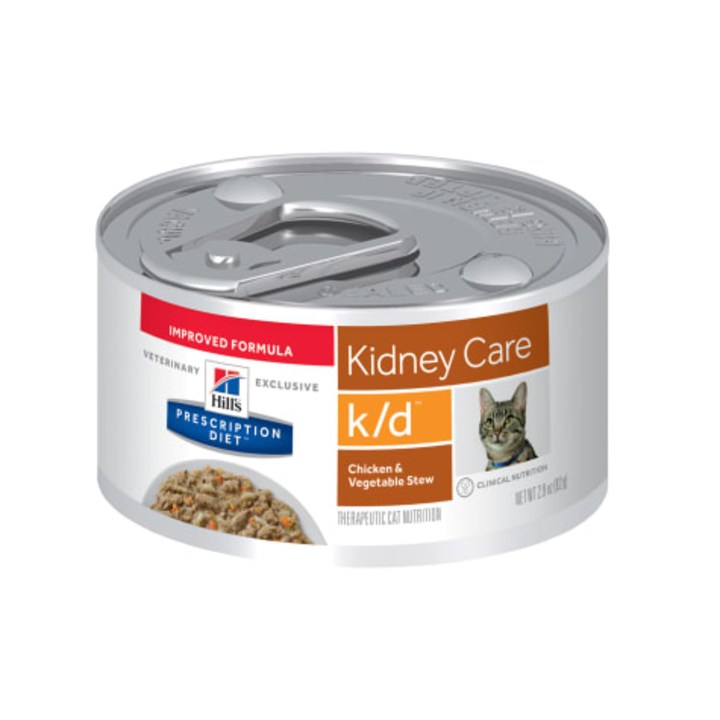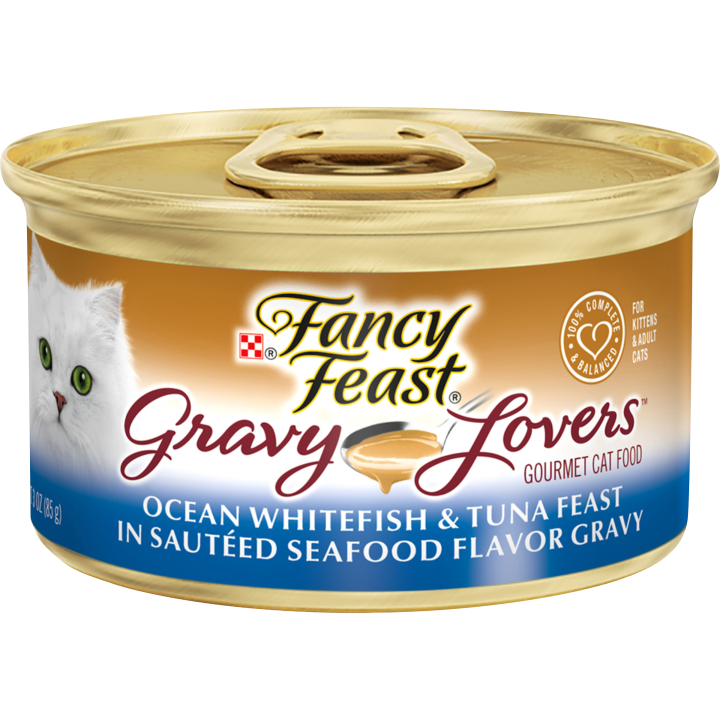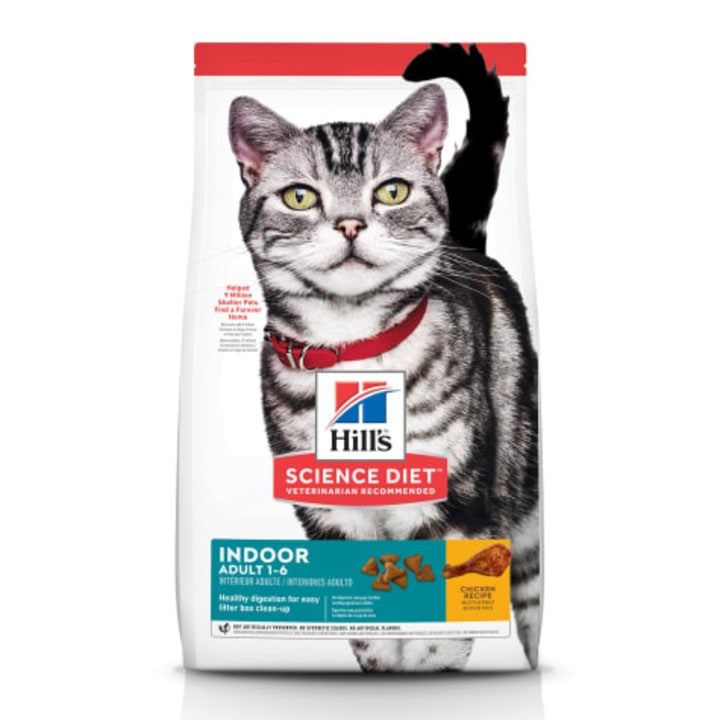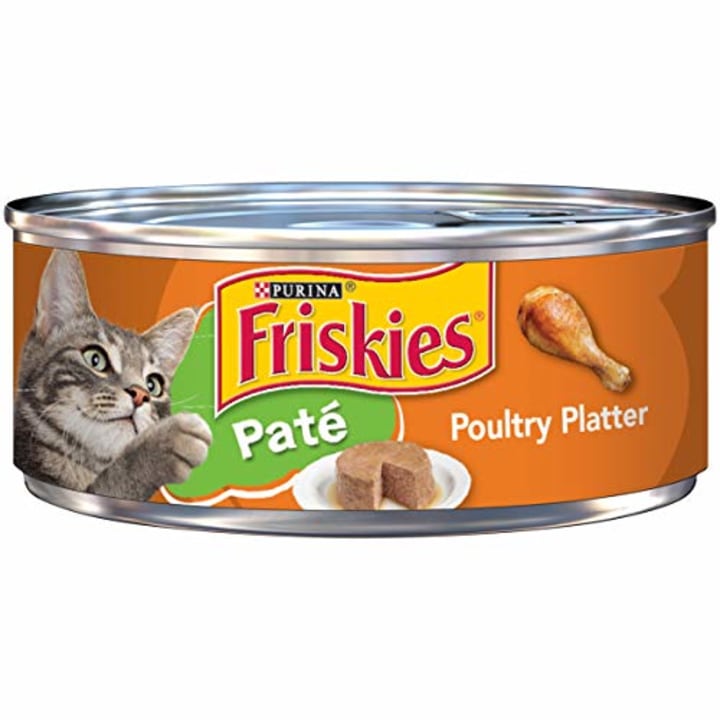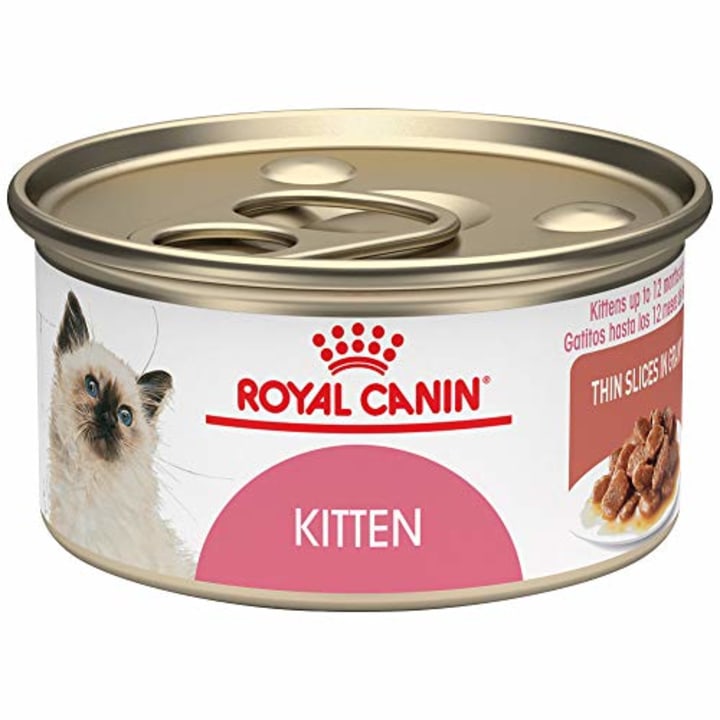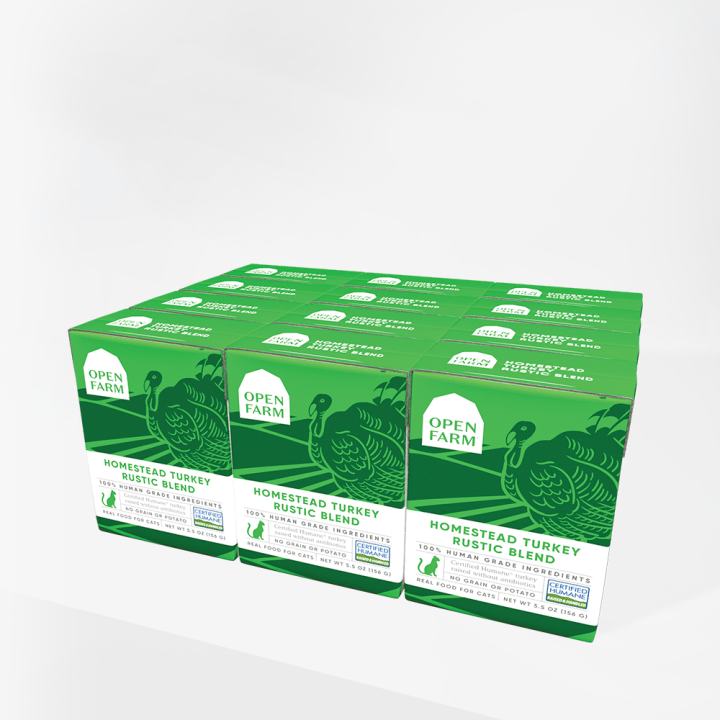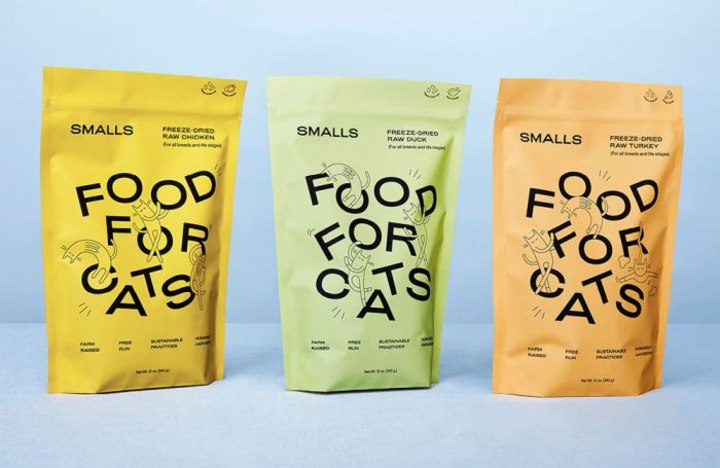Good news. Your cat needs you. They also need the right cat food, not just a separate bowl of dog food. Like dog food, there are many options on the market when it comes to cat food. “Cats are often thought of and fed as smaller dogs,” says Tim Julien, DVM, the chief medical officer at Paz Veterinary in Austin, Texas. “It turns out cats are not small dogs. Cats are obligate, or strict, carnivores and have a decreased ability to digest and use carbohydrates.”
So what’s the best cat food for your obligate carnivore? We consulted experts about how to figure out which cat food is right for you and your cat, as well as compiled some of the best cat food options around.
SKIP AHEAD Best cat food
How to shop for the best cat food
You should approach buying cat food the same way you look at breakfast: Start with a nutritionally balanced diet. “You need food that is complete and balanced and appropriate for the life-stage of your cat,” says Bruce Kornreich, DVM, the director of the Cornell Feline Health Center in Ithaca, New York.
Kornreich recommends looking for a nutritional adequacy label from the Association of American Feed Control Officials (AAFCO), a nonprofit that assesses what’s in pet food and animal feed. Since cats are carnivores, meat is a key component of achieving the balanced diet that Kornreich emphasizes.
“If meat and meat by-products are among the first ingredients listed, it suggests the food likely has enough animal source ingredients to provide essential amino acids and fatty acids,” says Kornreich. But cats can’t live on meat alone.
“Cats must get nutrients like calcium, phosphorus and Vitamin D from other ingredients,” says Shelly Farris, DVM, the regional director of Petco Veterinary Services.
She recommends looking for cat food with “natural whole ingredients such as fruits, vegetables and high-quality carbohydrates like rice, oats or potatoes.”
As for what to avoid, Paz Veterinary’s Julien keys in on ingredients that are “more about sentiment and marketing than nutrition.” He points to dyes that make food look more appealing to people (cats perceive color differently) and “exotic” ingredients like kangaroo and lentils, which are “less well studied in cats.”
Types of cat food to consider
The cat food aisle is vast and the shopping possibilities don’t end at the register. Subscription services and farm-to-bowl companies now ship cat food directly to your house.
Dry cat food versus wet or canned cat food
Dry cat food is a popular choice partly because it is more convenient than wet cat food. “Dry food is cost-effective, odorless, and it can be stored for long periods of time without spoiling,” says Ferris.
But Julien notes that dry cat food can also be higher in carbohydrates than wet cat food. Just as you think about all the sourdough you’ve been eating while baking at home, you should also consider the amount of carbs your cat is eating. “An active cat can absolutely use carbohydrates as an energy source,” says Julien, adding that “a sedentary — aka indoor — cat will store extra carbs as fat.”
Wet food requires a bit more effort — it has to be refrigerated once the can or pouch is opened — and can be more expensive. But it may also help cats get more water in their diet (and the smell might entice a picky cat to eat). “Canned or wet food has higher levels of protein and fat, making it a great option for cats of various lifestyles and ages,” says Kornreich.
Kitten, adult or senior?
Cats are roughly divided into three age groups —kitten, adult and senior — when it comes to cat food.
While you might have a good idea of which bucket your cat falls into, Julien recommends consulting your veterinarian about your cat’s specific dietary needs in conjunction with age, and to get an expert read on what needs or restrictions your cat might be exhibiting. “Kittens need more energy-producing nutrients — like proteins and fats — and more vitamins, minerals and water than adult cats,” says Ferris. “Formulas made specifically for kittens provide these nutrients in the right amounts.”
Most cats will move from kitten kibbles to adult food on their first birthday. Ferris tells pet owners it’s important to gradually work in new food over a week to help avoid upsetting your feline friend’s stomach. Adult cat food likely has less calories than kitten cuisine, while senior food (which typically make sense for cats around the age of ten) will likely be geared toward the specific health of your cat — they might have trouble chewing or a reduced ability to smell and taste.
Highly-rated cat foods to shop
1. Purina Pro Plan LiveClear Probiotic Chicken & Rice Formula
Chicken and rice are the first two ingredients in this dry food designed for a healthy coat and digestion. Dried egg product, the sixth ingredient, is meant to help with potential skin allergies.
2. Purina Cat Chow Complete Dry Cat Food
Chicken by-product meal and ground yellow corn are the first two ingredients by weight in this dry food blend that has 25 vitamins and minerals.
3. Iams Proactive Health Indoor Weight & Hairball Care
A dry food for cats that are at least 12 months old, chicken, chicken by-product meal and corn grits are the first three ingredients.
4. Hill’s Prescription Diet k/d Kidney Care Chicken & Vegetable Stew
This wet food was created to help your cat’s kidney stay healthy. Chunks of chicken are mixed in a stew with carrots, spinach and pea protein.
5. PetGuard Organic Chicken & Vegetable Formula
Organic chicken, water, organic turkey and organic brown rice are the first four ingredients in this canned, wet food. It’s also packed with fruits and vegetables: organic carrots, cranberries and apples.
6. Fancy Feast Gravy Lovers Ocean Whitefish & Tuna Feast
Hydration is as important for cats as humans. The first ingredient for this wet food is fish broth, followed by ocean whitefish and wheat gluten. It can be used as a meal or a topping on dry food.
7. Hill’s Science Diet Adult Indoor Chicken Recipe
Chicken is the first ingredient in this dry food that is geared toward adult cats between the age of one and six. Dried beet pulp provides fiber to help keep your feline friend regular.
8. Friskies Classic Pate Poultry Platter
Paté is a smooth food that is soft with a consistent texture. Friskies tabs turkey and poultry by-products as the first two ingredients in this wet food designed to provide more water for your cat’s diet.
9. Royal Canin Kitten Food
Small slices made of chicken by-products, chicken, chicken liver and pork liver are made for kittens under 12 months old. “It’s important to find a food that your kitten finds palatable,” Ferris notes, “Kitten food is highly digestible so they do not suffer from discomfort as their digestive systems are weaker.”
10. Open Farm Homestead Turkey Rustic Blend
The farm-to-bowl movement includes companies like Open Farm, which combines human-grade ground turkey with cranberries and dandelion greens for this wet food. It can be used as a topper for dry food or as dinner.
11. Smalls Fresh Beef Minced
Part of the new trend of home subscription services, Smalls lets you take a quiz to determine the best wet and dry food (or a combination of both) for your feline friend. The online cat food company then sends this wet food mix, for example, of lean ground beef (the first ingredient), beef liver, green beans peas and beef heart, directly to your house.
More shopping guides and recommendations
Catch up on the latest from NBC News Shopping guides and recommendations and download the NBC News app for full coverage of the coronavirus outbreak.

